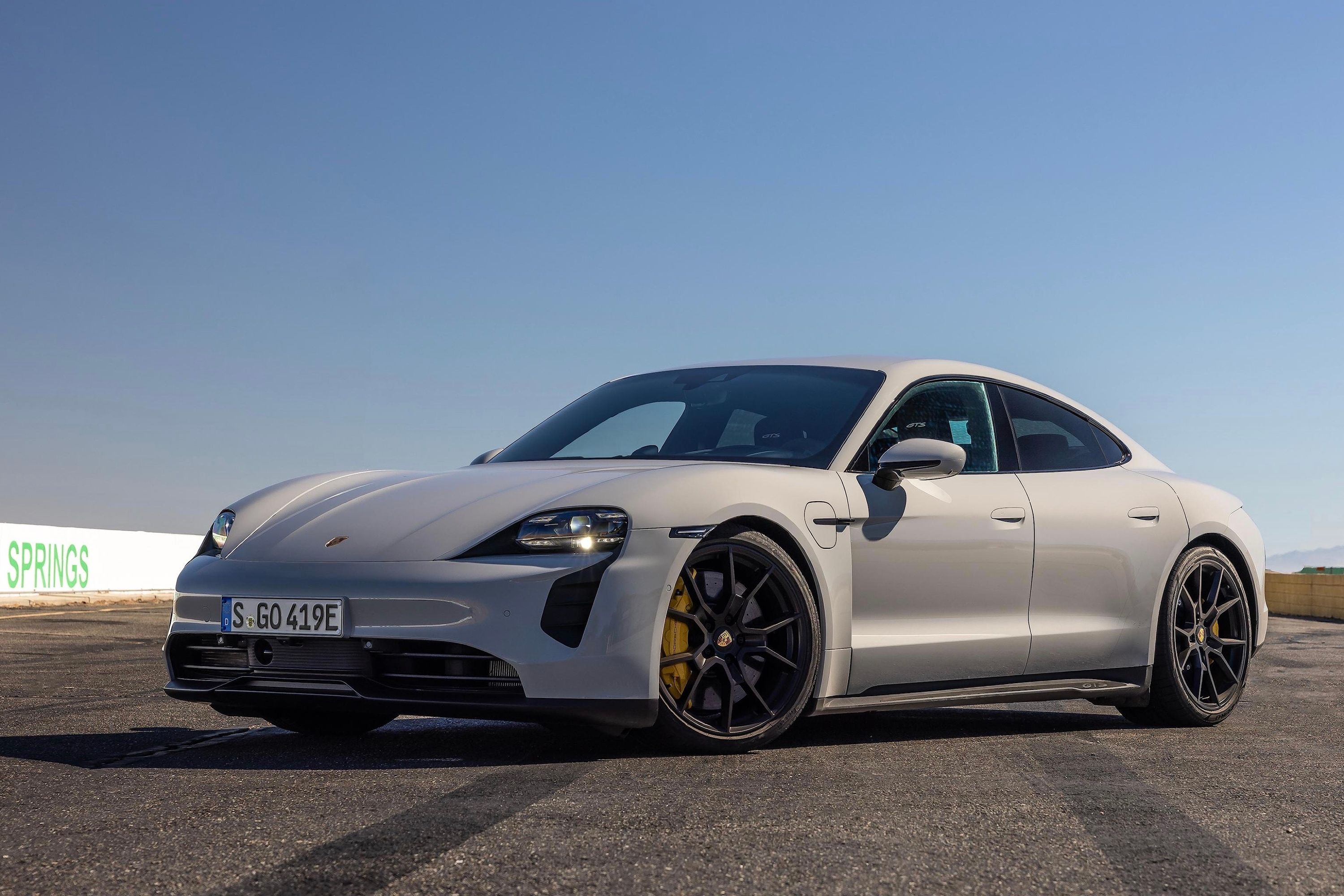
Porsche has filed a patent with the German Patent and Trade Mark Office (DPMA) for an adaptive brake cooling system, as discovered by CarBuzz. The technology claims to offer a minimal increase in weight and would be hydraulically actuated, meaning there is no need for additional sensors or controllers.
The system is straightforward but appears just as effective. While most cars with a performance focus have dedicated ducts for cooling their brakes, these intakes can also have adverse side effects, such as increasing drag when the vehicle reaches higher speeds.
To get around this, Porsche is developing active brake ducts that are far more efficient, making them ideal for a high-performance car like the incoming 911 GT2 RS. But EVs could also benefit.
The patent suggests that when a driver presses the brake pedal, an additional brake line can route hydraulic fluid to a moveable flap that opens to rush more cool air toward the brake assembly. When the driver lifts off the brake, the flap could close, but Porsche suggests that this process could be staged so that the brakes are cooled for longer.
Once a certain speed or temperature is achieved, the duct can retract fully, preventing it from causing wind resistance under the car. Presumably, this same method could be used to open and close a flap at the front of the brake duct, potentially reducing the wind resistance caused by the intake.
Either way, Porsche can design this duct to still direct some air toward the brake assembly; it would be more effective when the hydraulically actuated duct moves to a more efficient position. The patent specifically mentions that this has been developed with an electric vehicle like the Porsche Taycan in mind, noting that it can help increase the EV's range by better managing its thermal properties.
On heavy cars like EVs, you need good brakes, but you also need to increase aerodynamic efficiency wherever possible for maximum range, and pulling a protruding but effective duct out of the path of underbody airflow when suitable can help add a couple more miles.
However, we suspect this technology will also find its way to high-performance combustion cars. The patent notes that these brake cooling ducts can be used to intentionally increase wind resistance, helping these elements act as tiny air brakes.
We saw something similar with the 992 GT3 RS too, where the suspension design contributes to downforce and the rear bumper vents enhance aerodynamic efficiency. Combining all of these elements can help EVs go further, and track specials go faster.
With a minimal increase in cost, this technology would not be difficult to implement, but perhaps clever ideas like these should be debuted on hypercars, and Porsche is long overdue for one of those. Maybe Porsche is saving it for the high-performance triple-motor Taycan, which will have hypercar power.
